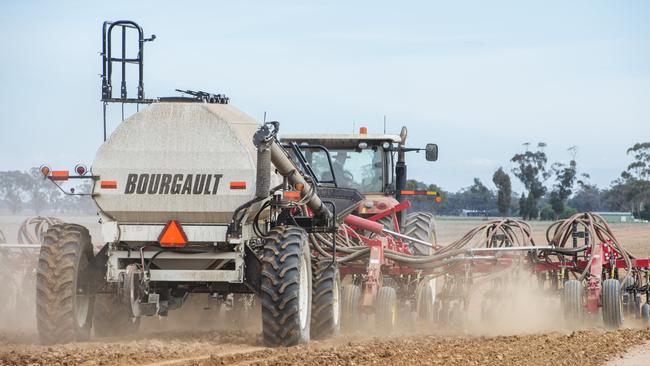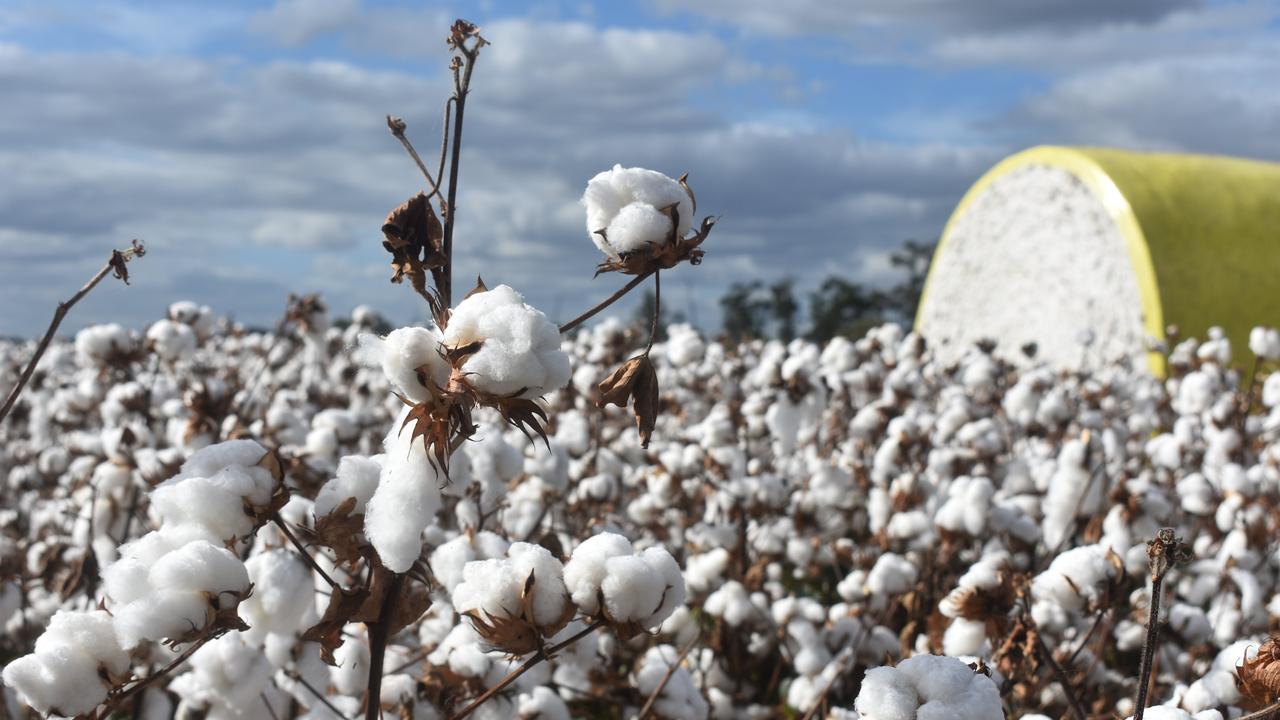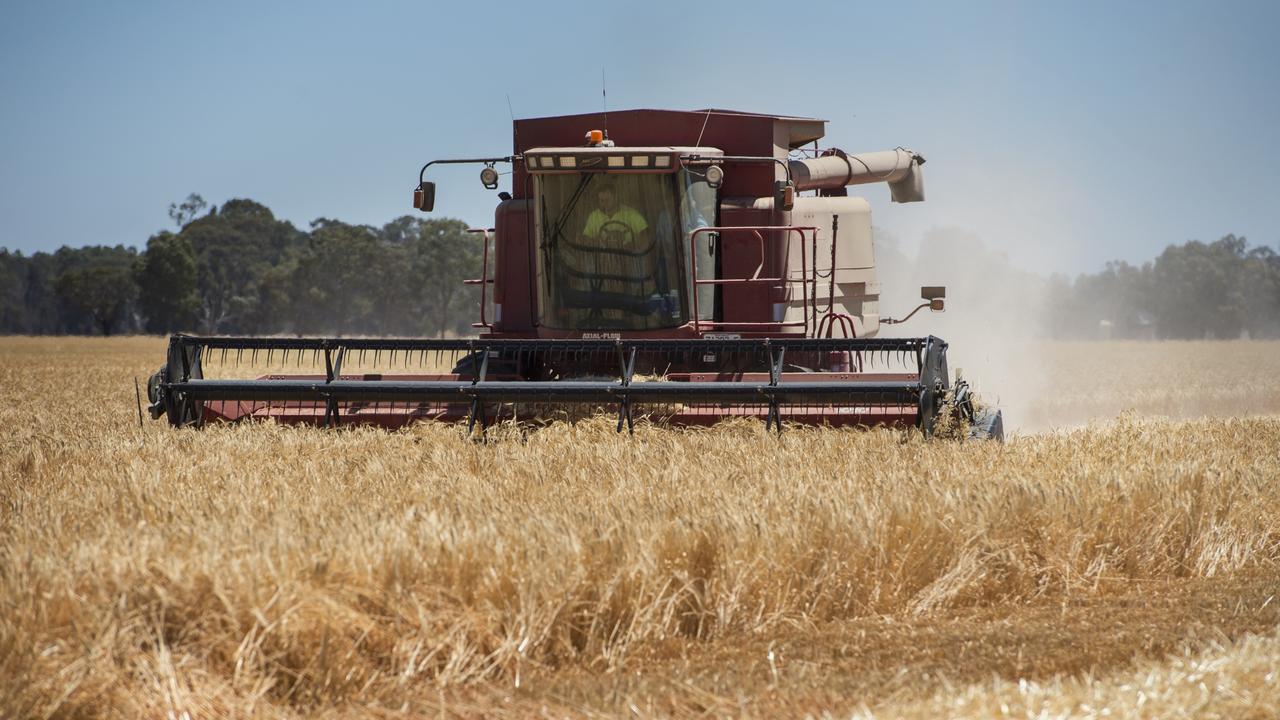Cheaper fertilisers to favour Australian farmers in 2021, according to Rabobank report
Australian farmers benefited from relatively low fertiliser prices in 2020. So what does the outlook look like for the new season?

PLENTIFUL global fertiliser supplies and a forecast relatively high exchange rate should work in Australian farmers’ favour this winter cropping season.
In its latest half-yearly Global Fertiliser Outlook report, Rabobank said global fertiliser prices had climbed off 10-year lows during the past six months, largely through strong demand from India and Brazil.
But prices were expected to tail off in the April-June period this year.
“Heavy supplies and growing production capacity will continue to weigh on prices across
the nutrient complex,” the report said.
The bank expected global urea and phosphate prices to remain stable until early April, due to northern hemisphere demand.
But once that seasonal demand subsided, global markets would again be exposed to heavy supplies, with prices to fall, the report said.
Rabobank agricultural analyst Wes Lefroy said, with 70 per cent of Australia farmers’ fertiliser needs imported, the abundant supply meant favourable farmgate prices for fertiliser should be “here to stay for 2021”.
“For the three main fertiliser products sold domestically, the figures are even higher when
it comes to Australia’s reliance on imported product,” Mr Lefroy said.
“During the 2019 financial year, 92 per cent of urea, 81 per cent of mono-ammonium phosphate and 100 per cent of muriate of potash sold here was imported.”
Mr Lefroy said a number of Australia’s domestically-produced fertiliser products relied
on imported raw materials.
“As such, local farmgate fertiliser prices are largely driven by global prices, the Australian
dollar and, to a lesser extent, ocean freight rates,” he said.
“For growers, the good news is we expect heavy supplies and growing production capacity
will continue to weigh on prices across the global fertiliser market.”
Rabobank based its analysis on an Australian dollar exchange rate of 74 cents for much of 2021.
“A below average Australian dollar will continue to weaken the purchasing power of offshore buyers,” Mr Lefroy said.
He said a one US cent drop in the exchange rate amounted to a $5-6/tonne increase in current local urea prices.
But the exchange rate is currently sitting at 77 US cents and National Australia Bank is forecasting it to rise to 80 US cents by June and possibly 85 US cents by the end of the year.
Thomas Elder Markets grain analyst Andrew Whitelaw said the higher Australian dollar should theoretically make farm inputs, such as fertiliser, fuel and chemicals cheaper.
“But it depends on whether or not those input costs are passed on to growers,” he said
MORE
LOW PHOSPHATE AND UREA PRICES FAVOUR AUSSIE FARMERS
TRANSPARENCY NEEDED IN FERTILISER MARKET


